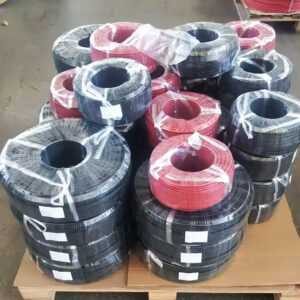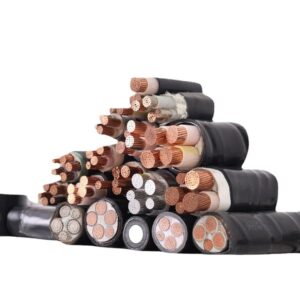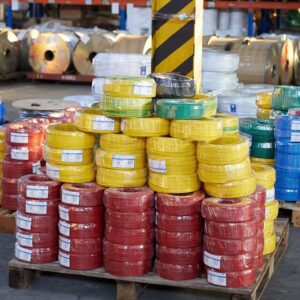Introduction
Understanding cable current carrying capacity is essential for electrical engineers, contractors, and project managers to ensure safe and efficient power distribution. Overloading a cable can lead to overheating, insulation failure, and even fire hazards. This guide explains the key factors affecting current capacity and provides step-by-step calculation methods based on industry standards.
1. What Is Current Carrying Capacity?
The current carrying capacity (ampacity) of a cable is the maximum current it can safely conduct without exceeding its temperature rating. It depends on:
✔ Conductor material (copper vs. aluminum)
✔ Insulation type (XLPE, PVC, EPR)
✔ Installation method (underground, in conduit, free air)
✔ Ambient temperature and cooling conditions
2. Key Factors Affecting Cable Ampacity
A. Conductor Size & Material
- Copper cables carry ~28% more current than aluminum (same cross-section).
- Larger conductor sizes (e.g., 16mm² vs. 25mm²) increase capacity.
B. Insulation Type & Temperature Rating
| Insulation Material | Max Operating Temp (°C) |
|---|---|
| PVC | 70°C |
| XLPE | 90°C |
| EPR | 90°C |
Higher temperature ratings allow greater current flow.
C. Installation Conditions
- Buried cables have lower ampacity than cables in free air (poor heat dissipation).
- Grouping multiple cables reduces capacity (derating factor applies).
D. Ambient Temperature
Cables in hot environments (e.g., 40°C vs. 30°C) require derating.
3. How to Calculate Current Carrying Capacity
Step 1: Use Standard Tables (IEC 60364/NEC 310)
Refer to ampacity tables from:
- IEC 60364-5-52 (International)
- NEC 310.15 (US)
Example (Copper Cable, XLPE Insulation, 30°C Ambient):
| Cross-Section (mm²) | Current Capacity (A) |
|---|---|
| 1.5 | 18 |
| 2.5 | 25 |
| 4 | 32 |
| 6 | 41 |
Step 2: Apply Correction Factors
Adjust for:
- Temperature: Multiply by correction factor (e.g., 0.91 at 40°C).
- Grouping: Multiply by 0.8 for 3 cables in a conduit.
Formula:
Adjusted Ampacity = Base Ampacity × Temp Factor × Grouping Factor
Step 3: Verify Voltage Drop
Ensure voltage drop < 3% (for efficiency):
Voltage Drop (V) = (2 × I × R × L) / 1000
Where:
- I = Current (A)
- R = Resistance (Ω/km)
- L = Cable length (m)
4. Practical Example
Scenario: Calculate ampacity for a 10mm² copper/XLPE cable (buried, 35°C ambient, grouped with 2 other cables).
- Base Ampacity (from IEC table): 55A
- Temp Correction (35°C): 0.94
- Grouping Factor: 0.8
- Adjusted Ampacity = 55 × 0.94 × 0.8 = 41.4A
5. Common Mistakes to Avoid
❌ Ignoring ambient temperature effects.
❌ Overlooking voltage drop in long cable runs.
❌ Mixing cable types in the same conduit.
Conclusion
Calculating cable current carrying capacity ensures system safety and longevity. Always consult standards, apply correction factors, and verify voltage drop.
Need custom cable solutions? Contact our experts for technical support!







